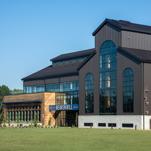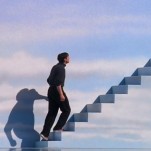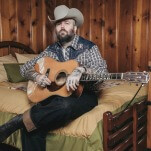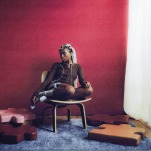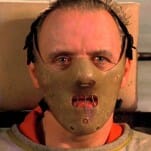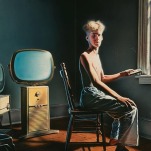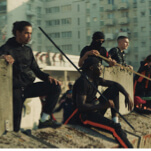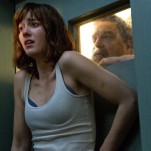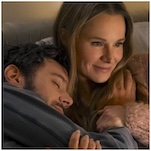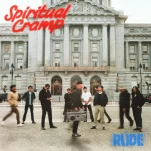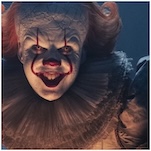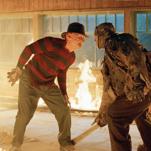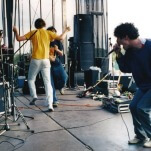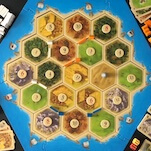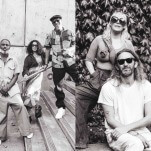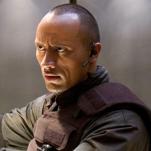HBO’s Riveting Years and Years Is a Vehicle for Pure Dystopian Dread
Photo courtesy of HBO
I have now watched two episodes of HBO’s Years and Years, and while the idea of abandoning the painfully compelling six-part miniseries is unfathomable to me, I am also dreading the prospect of watching another minute. My anxiety is easily explained: In a time when seemingly half of all new TV dramas explore some dystopian theme, this show—despite its flaws—has managed to craft a hell that is too realistic to ignore.
It was our TV Editor, Allison Keene, who first pointed out an uncomfortable truth about Years and Years, which is that in its depiction of slow but implacable societal decay, starting in present-day England and making huge time leaps even within single episodes, it focuses on the middle class. There are hints and even outright displays of how the less fortunate suffer greater impact, as always, but one of the central premises of the show is that even the relatively well-off are not safe. That’s meant to disturb, of course, and it works on that level, but I suspect it’s also designed to implicate people like me in the disturbance—to make us realize that what scares is not just the notion of dystopia itself, but the fact that even comfortable westerners are not safe. By the end of the second episode, I even had to reckon with an embarrassing and shame-provoking question: Was I more affected by the idea that thousands of innocent refugees were being held in near-captivity in glorified storage units, or that a relatively well-off citizen could lose a million pounds overnight because of a bank crash?
But I’m getting ahead of myself; Years and Years is the story of the Lyons family, an earnest, mostly liberal collection of siblings, spouses, children and one formidable grandmother located in cities across the U.K. and, briefly, the world. They are conventional people, mostly, with conventional middle-to-slightly-upper-middle class problems. But, unlucky them, they are cursed to live in interesting times. As we quickly discover, their lives are about to serially disrupted by the headlong, heedless momentum of history, usually accompanied by montages set to incongruously cheery music, all of which heaps piles of dread—I fear I’m going to use that word a lot in this essay—on the viewer. A foundational development in the pilot is the re-election of Trump in 2020, depicted with a kind of inevitable, offhand realism on a newscast, and if you can see the outlines of the anxiety that’s in store from that example, well … buckle up, my friend, because it gets worse.
-

-

-

-

-

-

-

-

-

-

-

-

-

-

-

-

-

-

-

-

-

-

-

-

-

-

-

-

-

-

-

-

-

-

-

-

-

-

-

-



